Modern technology is "more magical than Harry Potter" says Joris Laarman
Dutch designer Joris Laarman explains how he aims to use digital technology to create objects that resonate with people on an emotional level in the next talk in our series with Friedman Benda for VDF. Watch live from 11:00am UK time.
Since graduating from Design Academy Eindhoven in 2003, Laarman has built a career from experimenting with cutting edge digital technologies and adapting and co-opting them to create pieces of design.
He is perhaps best known for the MX3D project, a 12-metre-long metal bridge, which was entirely 3D-printed using robotic arms and will cross a canal in Amsterdam when it is installed later this year.
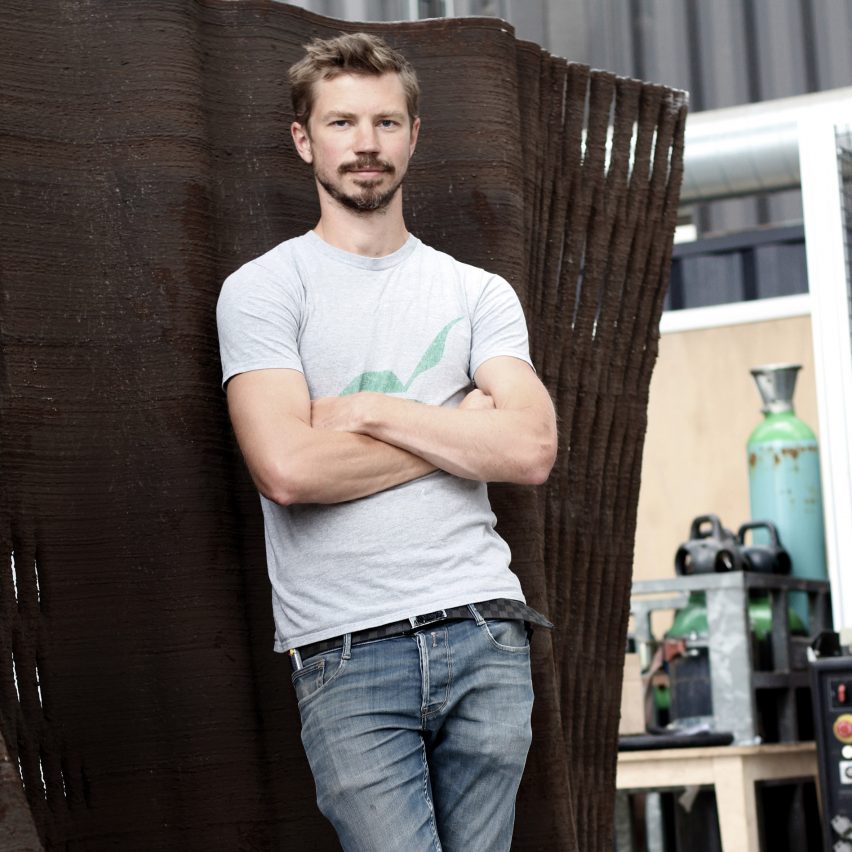
But Laarman isn't interested in using technology for technology's sake, he told curator and historian Glenn Adamson in the latest of New York gallery Friedman Benda's Design in Dialogue interviews that we are publishing as part of Virtual Design Festival.
"Technology is more magical than the magic in the books of Harry Potter," he said. "I think technology honestly is doing things or making things possible that were unimaginable even five years ago."
"It's hard, but I try to use technology to create something high in emotion, or something poetic, rather than just something that is highly technological," he added.
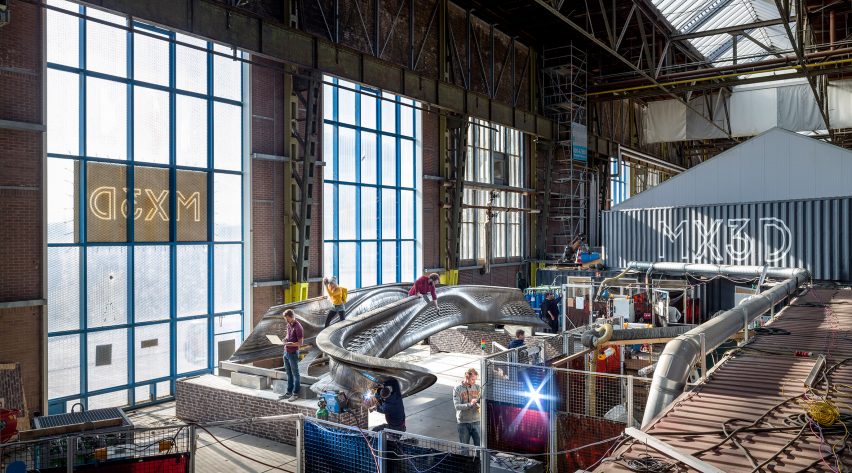
Laarman traces his fascination with digital technology back to a documentary he saw in the early 2000s, which featured a digital tool that had been developed to optimise the geometry of engine mounts for cars using the least amount of material possible.
Rather than creating a solid, geometrically shaped part, the software generated unexpected organic forms of varying densities determined by the specific forces the part needed to endure.
Computer algorithms can create "a really beautiful organic aesthetic"
But while the software was designed for maximum efficiency, Laarman saw its sculptural potential too.
"The amazing thing about it, in my opinion, is that it uses an algorithm to optimise a form and reduce its weight, similar to an evolutionary process," Laarman explained.
"But it also creates a really beautiful organic aesthetic. And when I looked at this, it was like watching the industrial age sort of transforming into a digital era. How geometric form dictated by the limitations of industrial machines is replaced by smart form informed by AI. And that started me thinking about using this as sort of a sculpting tool of the future."
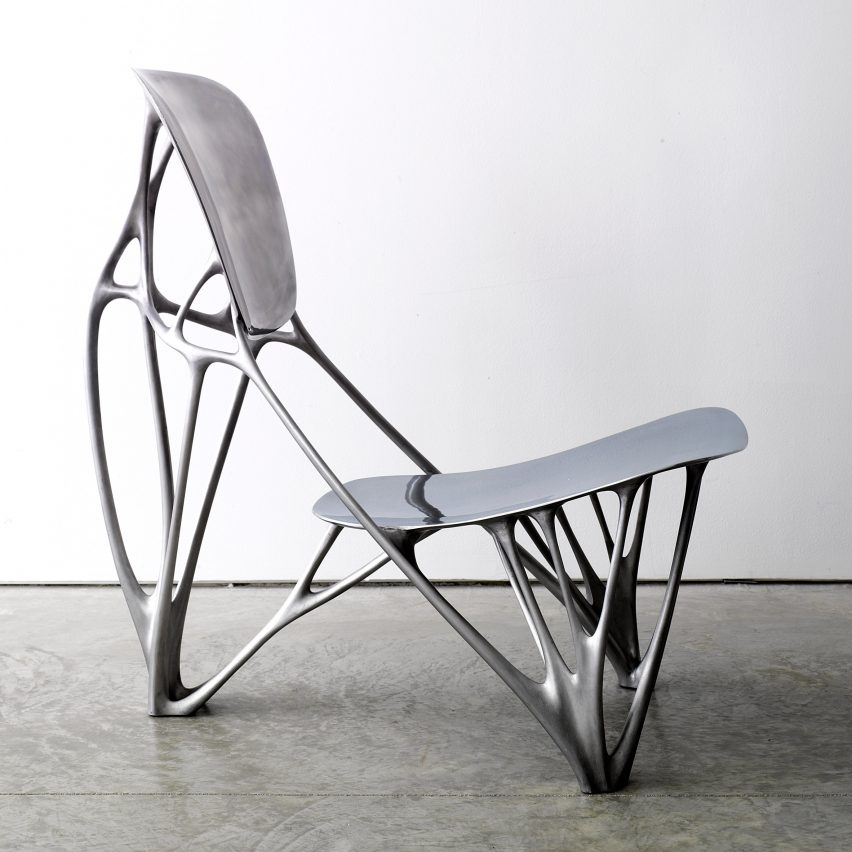
The result of Laarman's experiments with the technology was his Bone Chair in 2006, which Laarman designed in tandem with an algorithm and then cast as a single piece of aluminium.
The chair is so-called because of the similarities between the way the algorithm works and how bones grow, building up matter only where it is needed to maintain an optimal balance between strength and weight.
"It's not just my own aesthetic opinion, it is a computer, basically helping me in ways that I could never think of myself with creating the form," Laarman said.
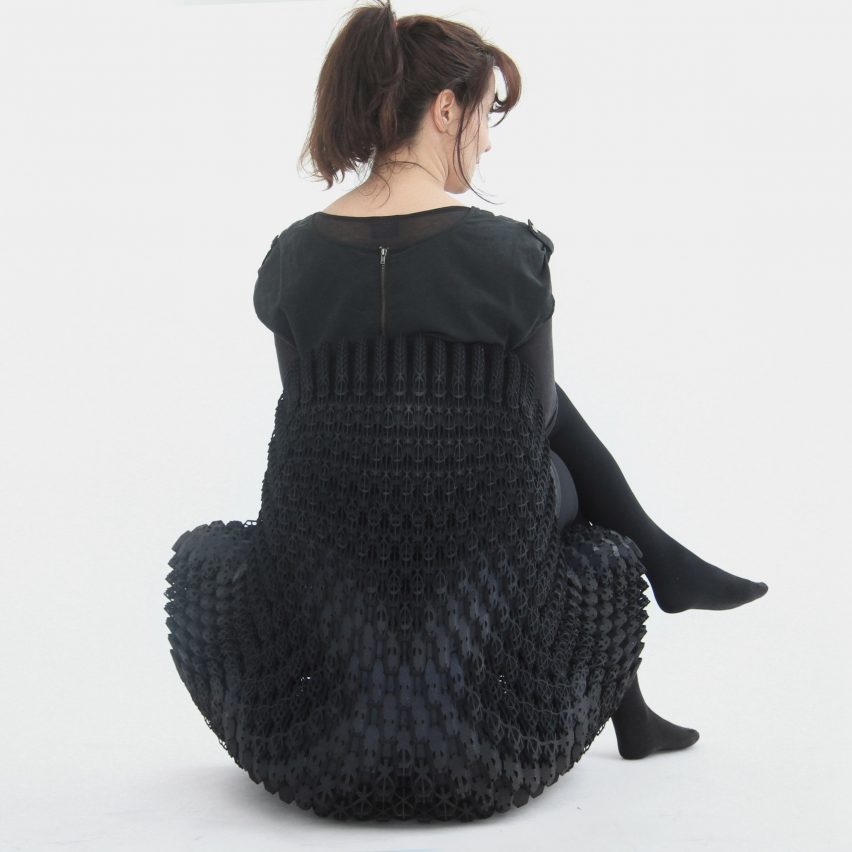
Laarman would go on to develop the ideas he explored in Bone Chair in his Microstructures series in 2014, a pair of chairs made from 3D-printed, foam-like structures that vary in density depending on the functional requirements in different parts of the chairs.
One of the pieces, called Soft Gradient Chair, is made from thermoplastic polyurethane.
"Where the cells are dense, they become structural and where the cells are open, they become soft and comfortable, Laarman explained.
Another version, called Aluminium Gradient Chair, features a more solid structure produced from laser-sintered aluminium.
"The chair is solid where we needed strength and stability and it becomes more lightweight and open where we want to reduce the weight of the of the chair," Laarman said. "You can look straight through the chair, while it is a three-dimensional structure."
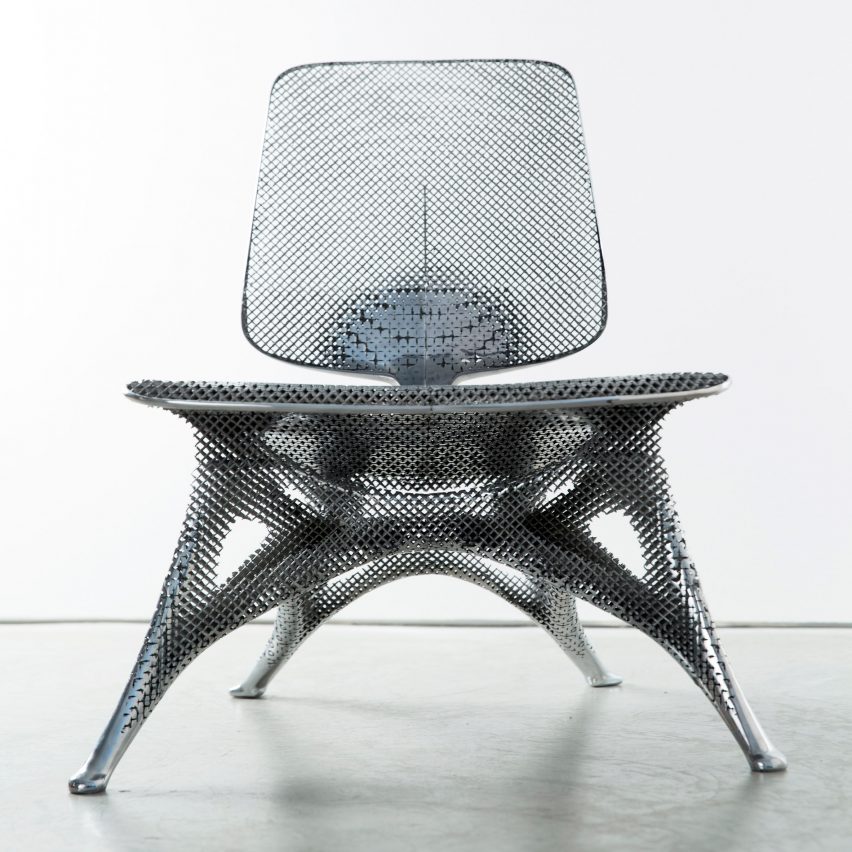
According to Laarman, he has little interest in working as a traditional designer. He calls his company, which he founded with his partner Anita Star in 2004, a lab rather than a studio and prefers to do work that aims to push the industry forwards and change people's perceptions about technology.
"I like to experiment, I like to go from one experiment to the other and create the most expressive work that we can to communicate to an audience as large as possible to inspire as many people as possible," he said. "That's what we are good at."
Design in Dialogue
Laarman's conversation with Adamson is the fifth in a series of Friedman Benda's Design in Dialogue talks we are broadcasting as part of Virtual Design Festival throughout May and June.
Previous interviews in the series we have published include conversations with pioneering architect James Wines, who lamented the predominance of digitally created forms in architecture, and designer Faye Toogood, who revealed she suffers from imposter syndrome.
Ron Arad told Adamson that "business is always a necessary evil", while Stephen Burks discussed the lack of diversity in the design industry in the previous talk in the series that we published.
